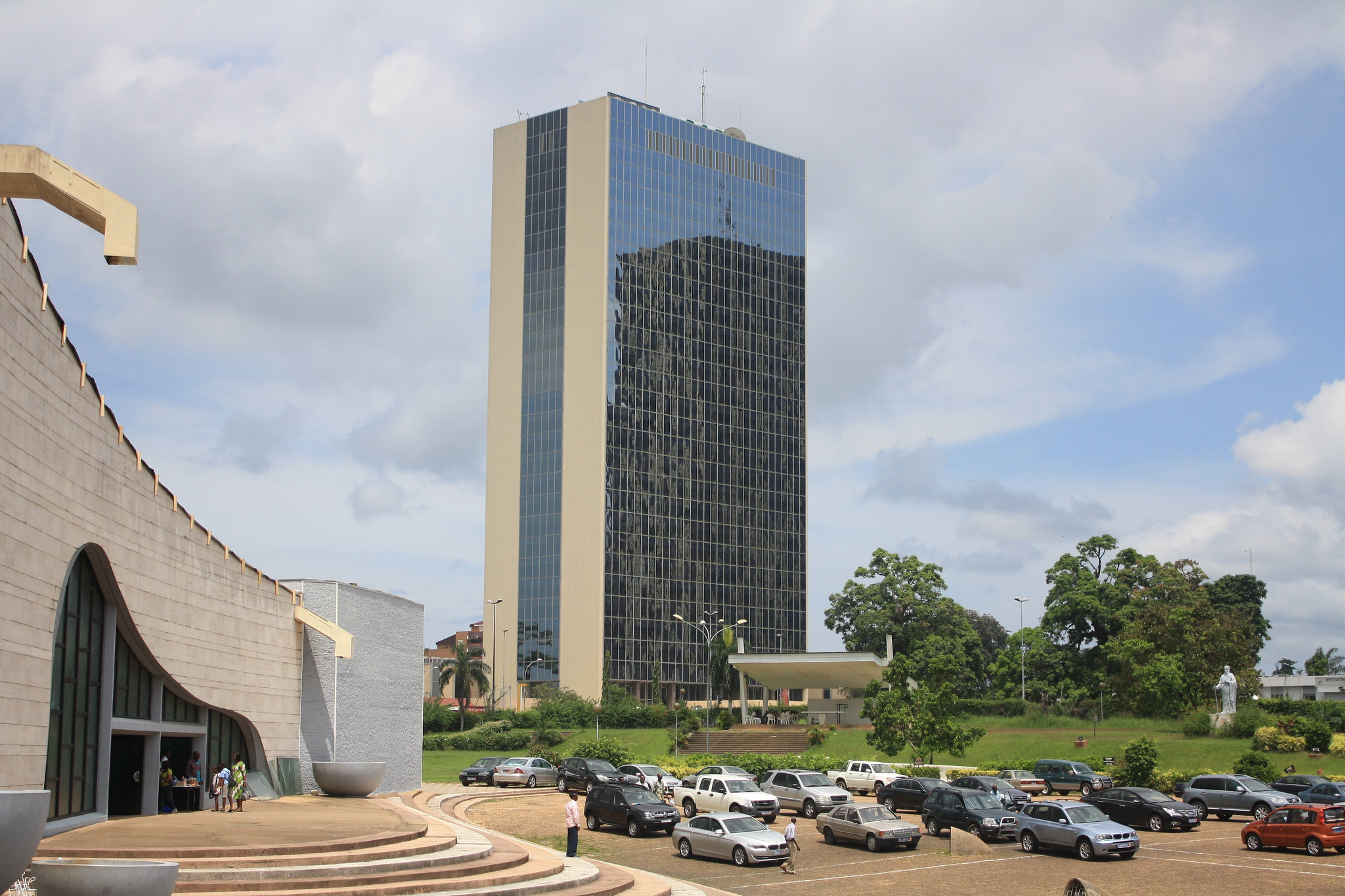Stanbic Bank records impressive full-year financial results
STANBIC Bank Zimbabwe shrugged off the prevailing economic environment to record a ZWL$49.9 billion inflation-adjusted profit after tax for the year ended 31 December 2022, up by 180 percent from ZWL$17.8 billion in the prior year.
During the period, the giant financial services institution posted a ZWL$71.7 billion profit after tax, up from ZWL7.4 billion in 2021 under the historical accounts, representing a growth of 869 percent.
In a latest statement accompanying the bank’s results, Stanbic chairman, Mr Gregory Sebborn, said the institution ended the year with a qualifying core capital of ZWL$83.5 billion up from the prior year’s ZWL$11 billion. The figure equates to US$124.4 million, which is above the set regulatory minimum.
The notable results by Stanbic Bank follow an equally laudable performance by the institution’s parent company, Standard Bank Group – Africa’s largest banking group by assets, which reported total assets of R2.9 trillion (about US$170 billion) during the comparable period to December 2022, while its market capitalisation was R284 billion (US$17 billion).
The Standard Bank Group recorded headline earnings of R34.2 billion (US$2 billion) for the year ended 31 December 2022, growing by 37 percent year on year. Stanbic Bank Zimbabwe’s chief executive, Mr Solomon Nyanhongo, said the 2022 inflation-adjusted net interest income grew from ZWL$27.9 billion in 2021 to ZWL$62.2 billion, largely underpinned by the growth in the average lending book from ZWL$31 billion to ZWL$160 billion as new lending assets were written combined with the acquisition of additional financial investments.
The bank’s net fee and commission income grew by 44 percent from ZWL$25 billion in 2021 to ZWL$36.1 billion.
“This was largely driven by new customer acquisitions as well as an increase in volume transactions on our digital platforms. In addition, the level of foreign currency transactions had improved during the period as business operations were shifting from local to foreign currency,” said Mr Nyanhongo.
He said an enhanced level of trading activity and better revaluation gains were recorded on foreign currency positions as the local currency weakened against the USD.
Mr Nyanhongo said Stanbic’s total operating expenses of ZWL$47.7 billion grew by 57 percent from ZWL$30.5 billion in 2021 largely due to the impact of the continued depreciation of the ZWL currency against the USD on foreign-denominated expenses, which included franchise fees, IT licence fees, cash importation and repatriation charges, and insurance.
“The bank’s customer deposit base grew by 15 percent in real terms from ZWL$315 billion in 2021 to ZWL$363.3 billion largely reinforced by growth in our local currency deposits in line with the growth in money supply coupled with new client acquisitions and the impact of the continued weakening of the ZWL currency against the USD on our foreign currency denominated deposits,” said Mr Nyanhongo.
Focusing on the operating environment, he noted that the level of business activity in the economy improved in 2022 in comparison to 2021 following the relaxation of the restrictive Covid-19 lockdown conditions, which saw the resumption of normal business operations.
“However, the operating environment remained extremely challenging with inflation surging from 60.7 percent in December 2021 to close the year at 244 percent.
“On the official currency auction, the local currency had extensively depreciated from USD1:ZWL108 in December 2021 to US$1:ZWL$671 as foreign currency shortages in the market continued unabated,” said Mr Nyanhongo.
Meanwhile, the bank noted that the Gross Domestic Product (“GDP”) growth slow-down from six percent in 2021 to about four percent in 2022 was occasioned by major growth impediments including the global geo-political issues, erratic rainfall exacerbated by low irrigation capacity, power shortages, and some policy inconsistencies.
“In 2023, GDP growth is expected to remain modest at 3-4 percent underpinned by high costs of agricultural inputs, high risk of power outages, declining international mineral prices, and the effects of erratic weather and rainfall. The main growth drivers are expected to be mining, construction and agriculture,” said Mr Sebborn.
He said although headline inflation declined to 244 percent in December 2022 from a peak of 285 percent in August, inflation remains a significant business risk in the outlook period adding that hyperinflation may also lead to the high cost of borrowing, exchange rate instability, and a tendency towards increasing dollarisation.
“This requires businesses to remain focused on cost containment and capital preservation in the outlook period. The evolving global geo-political events will contribute to the volatility and uncertainty in the outlook period, due to disruptions to value chains.
“This requires policy makers and business players to continue concentrating on resolving gridlocks to international trade and capital flows,” said Mr Sebborn.
He said Stanbic Bank continues to focus on sustainability and supports various industries through its business and commercial banking segment and corporate and investment banking portfolios, in line with its commitment to drive the growth of the country.
Stanbic Bank Zimbabwe has also committed to sustainable and comprehensive Corporate SociaI Investment (CSI) initiatives that span a cross-section of the country’s social structures such as health and sanitation, education, and sport.
“The institution is in no doubt that a better community can be built if every member of society is engaged in helping the community, as best as they can,” said Mr Nyanhongo.
In 2022, Stanbic Bank supported various organisations who were in dire need of assistance of different forms.
“In support of health and sanitation, the Bank purchased four autoclave machines (sterilising machines) for the following hospitals – Victoria Falls Hospital, United Bulawayo Hospitals, Guruve Hospital and Mutare Provincial Hospital. We expect to hand these over in the second quarter of 2023,” said Mr Nyanhongo.
The year 2022 also saw Stanbic enhancing its presence in the customer space as the Covid-19 pandemic subsided, thereby allowing increased interactions with its customers after having been separated by the deadly virus for over two years.
Stanbic rolled out new exciting products during the period as it pursued its digitisation journey with the aim of enriching customer experience in an increasingly challenging operating environment. These included: WhatsApp platform, digital onboarding solution and an instant ATM card ordering system.
“The Instant VISA Debit FCA Gold card has significantly reduced the customer waiting period for receiving new cards. Numerous initiatives were implemented such as sector-specific training sessions for our customers as we continued to deepen our relationships thereby enabling the bank to provide solutions for its clients’ evolving demands,” said Mr Nyanhongo.
He saluted Stanbic employees for remaining steadfast in ensuring the bank delivers value to its customers.
“I remain highly indebted to the management and staff of Stanbic Bank Zimbabwe for their collective contributions to the commendable performance that has been reported during the period, despite a difficult operating environment. I am grateful to the ‘blue bankers’ because they continue to deliver exceptional service to our customers in a demanding environment,” he said.
“To the Board members, I would like to thank you for your continued guidance and wise counsel as we continue to benefit from your leadership and strategic direction. I also want to sincerely thank our valued customers for their unwavering support and confidence in the Bank.”-chronicle.cl.zw











